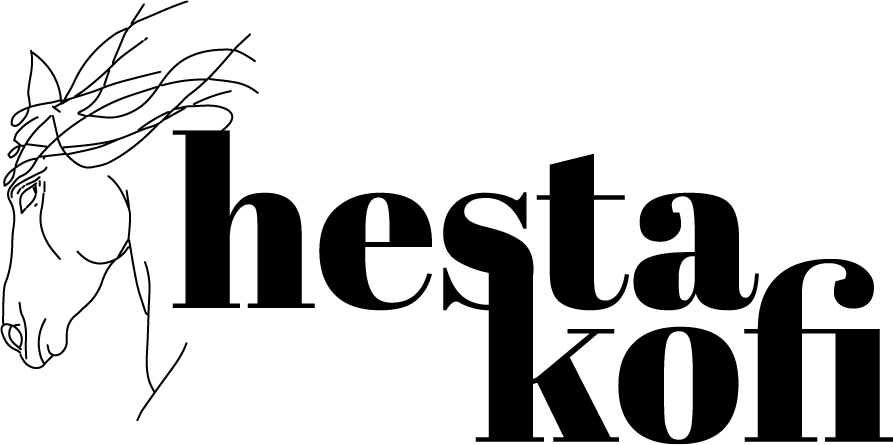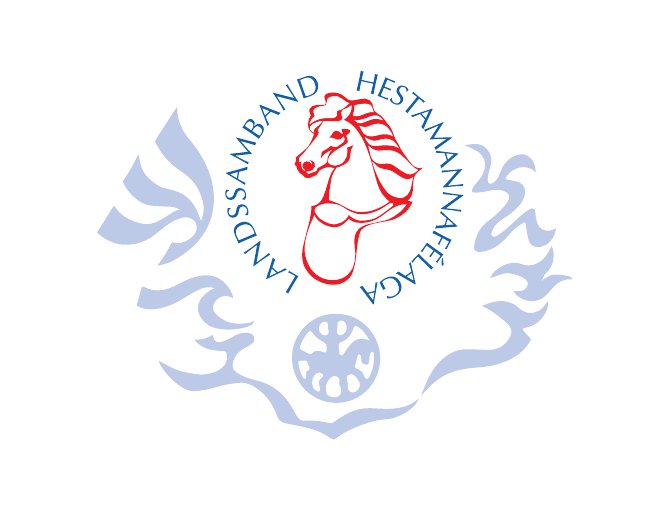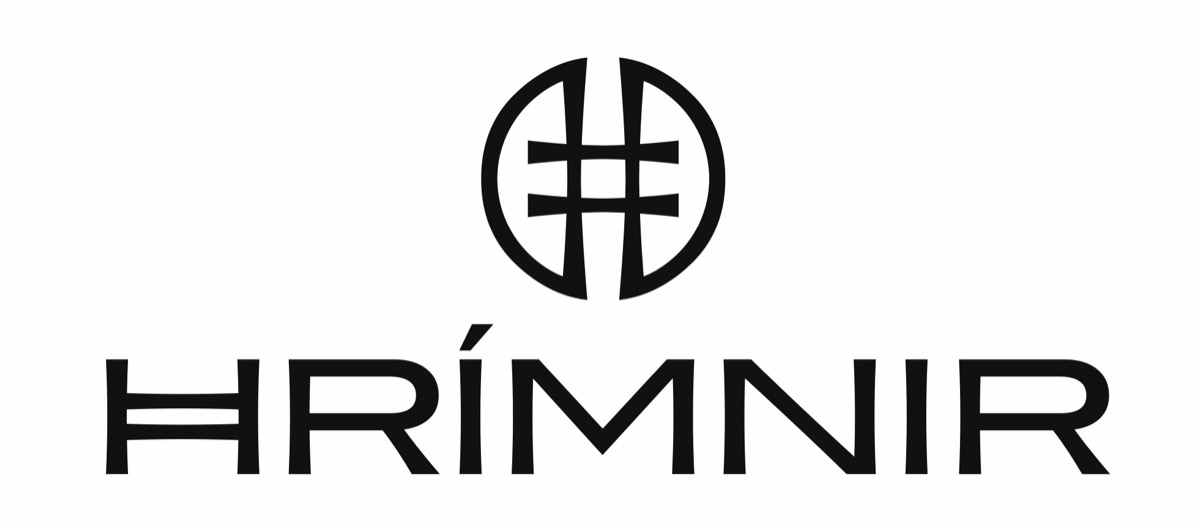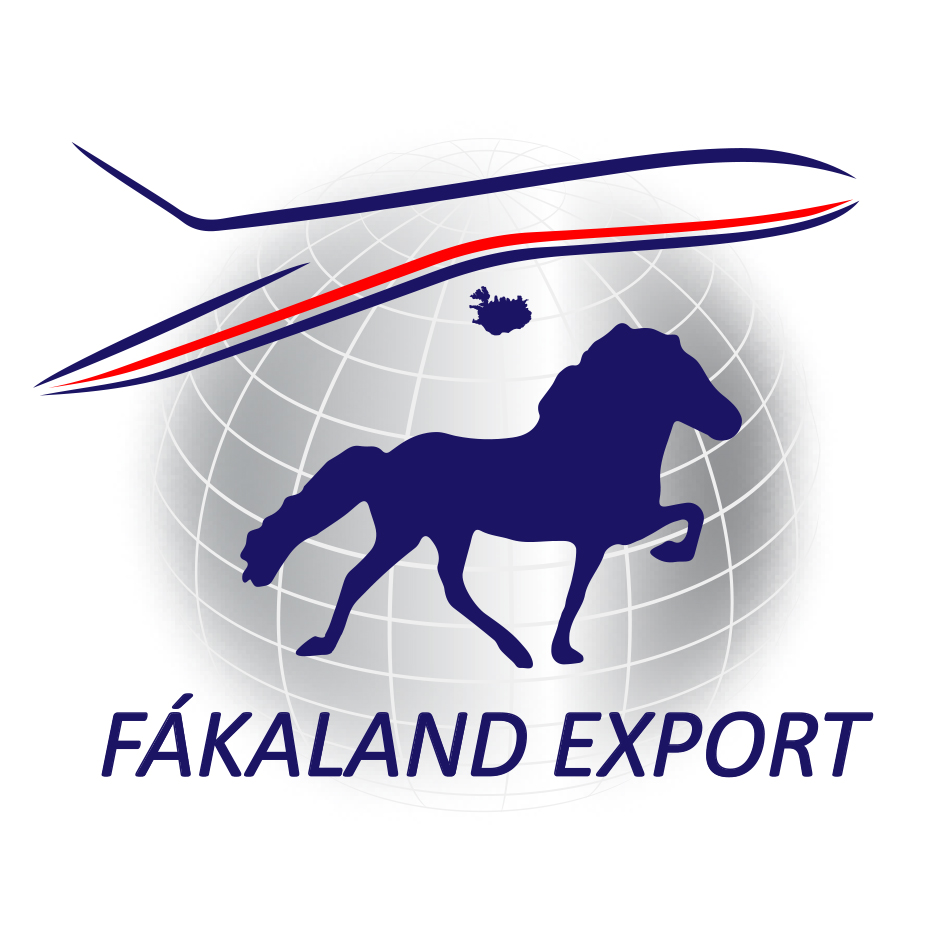Almost 500 horses – 494 to be exact – were exported from Iceland in the first quarter of this year: 169 in January, 157 in February and 168 in March. Overall, 70 more horses were exported from Iceland in the first quarter of 2020 than in 2019, which is an increase by 17%. Last year, 424 horses were exported in the first quarter: 120 in January, 132 in February and 172 in March, as stated in an overview from WorldFengur, the studbook of origin for the Icelandic horse.
More horses were exported from Iceland in the first quarter of 2020 than during the same period in any other year of the past decade. It is therefore safe to say that the year is off to a good start when it comes to horse export. However, it should be mentioned that 27 of the horses that were exported in March left the country for research purposes (read more about the development of a vaccine against summer eczema here).
“We have been quite busy,” confirms Eysteinn Leifsson at Export Hestar, adding tongue-in-cheek: “Horses are the only living beings that are allowed to fly between countries. We can be grateful for that!” Eysteinn explains that individuals abroad are unable to drive between countries to pick up their horses themselves but that transport companies are allowed to cross borders. People can therefore buy horses from Iceland and have them transported to almost any country in spite of travel restrictions due to the COVID-19 pandemic. “However, people cannot fly to Iceland to try horses, which is preventing the sale of the most expensive horses,” he adds, pointing out that many horses have usually been sold around Landsmót, which has now been postponed. “I’d be very content if the sales figures for this year will be approximately the same as last year. We can hardly ask for more.”
Last year was the best in terms of horse export from Iceland in nine years when 1,509 horses were exported, more than any other year of the past decade apart from 2010. In 2019 – as in the years prior – most horses, or 640, were sold to Germany, followed by Sweden with 224 horses and Denmark with 172.
Horse export appears to have been going through an upswing in the past years, which correlates with the marketing activities of Horses of Iceland (HOI). The marketing project, which was established in 2015, is a strategic marketing plan developed by stakeholders in the Icelandic horse community to increase the awareness and strengthen the image of the Icelandic horse in international markets. Its biggest focus has been on markets in Germany and Scandinavia, while other smaller market areas and new markets for the Icelandic horse have also been targeted.
“Without a doubt, Horses of Iceland has been extremely helpful in bringing international attention to the Icelandic horse. It’s extremely valuable for us to take part in a joint marketing project like this. By ourselves, we [parties of interest] would not have had the momentum or visibility Horses of Iceland has certainly given us,” says Eysteinn. “We can also see that people are following us – how many followers the project has on social media – which supports the marketing project. It also travels to shows. Everything is done tastefully and professionally.”
On 2 April, the financing agreement between HOI and the Icelandic government was formally extended by 18 months when it was signed by Minister of Fisheries and Agriculture Kristján Þór Júlíusson and representatives of HOI. A new long-term contract is being worked on.
Last year, Icelandic daily Morgunblaðið covered the export value of Icelandic horses, which amounts to ISK 1 billion (EUR 6,3 million at the current exchange rate) a year on average in the past decade. Read more about that here.
Text: Eygló Svala Arnarsdóttir.





















-1.jpg)






